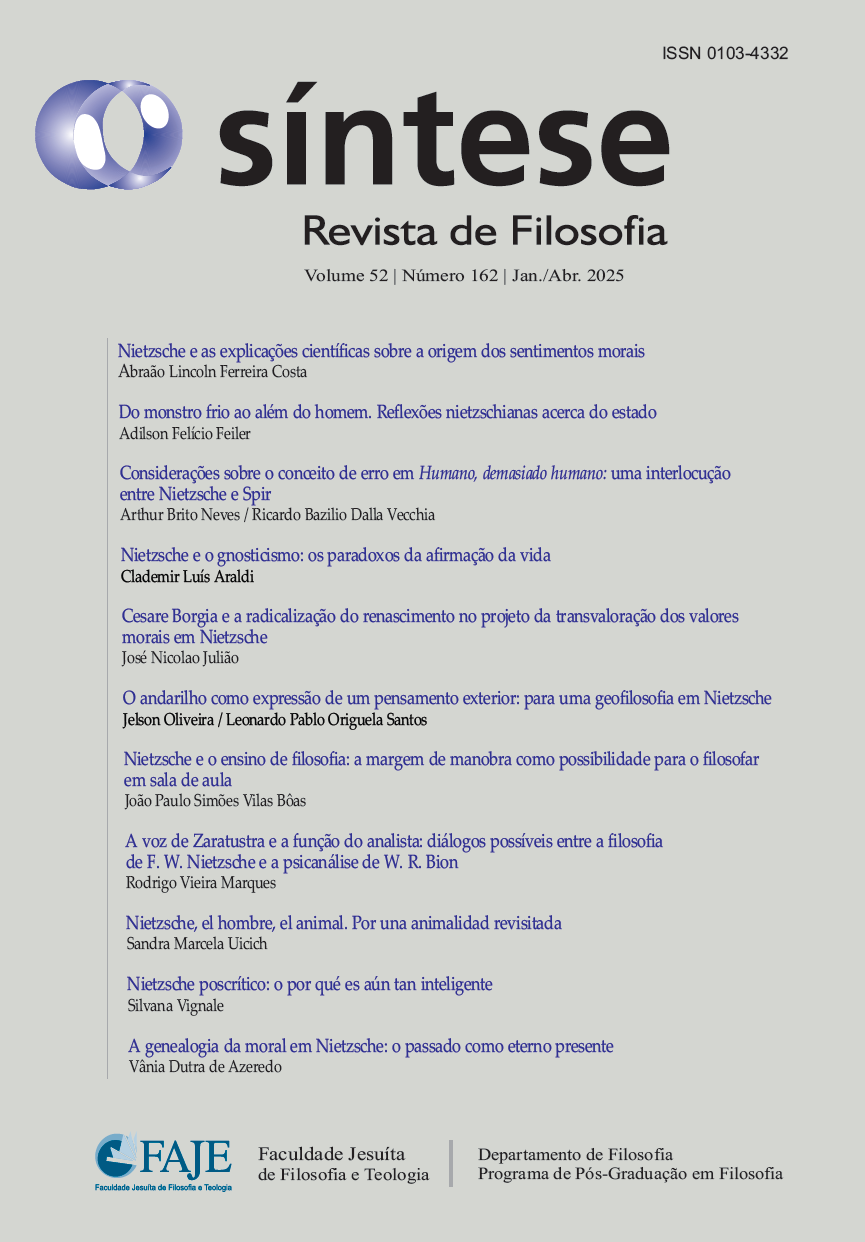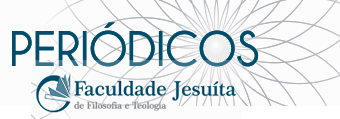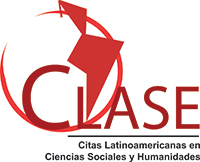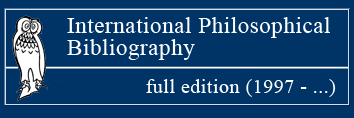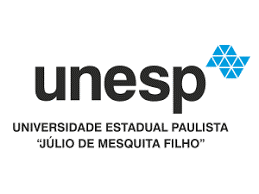CESARE BORGIA AND THE RADICALIZATION OF THE RENAISSANCE IN THE PROJECT OF THE TRANSVALUATION OF MORAL VALUES BY NIETZSCHE
DOI:
https://doi.org/10.20911/21769389v52n162p99/2025Abstract
In this study, we want to show how Nietzsche, in the third phase of his intellectual development process, appropriates the context that the Renaissance provides to strengthen his theses about the transvaluation of moral values and, also, about elevated men or superior types. In this way, he sees Cesare Borgia, with all his animality expressed in violence (Gewalt) and cruelty (Grausamkeit), as the most reliable example of the achievement of these feats, that is, as the superior force necessary for the transvaluation of Christian values (die Umwerthung der christlichen Werthe), which, according to him, still persisted, even if timidly, in the works of the great Renaissance masters (Da Vinci, Michelangelo and Raphael). Nietzsche, once again, follows the footsteps of Burckhardt who, in his Essay on the Italian Renaissance, presents the “violent man” (“Gewaltmensch”) of the Renaissance, and this figure awakens in Nietzsche the idea of a humanism beyond the good and evil of Christian morality.
Key-words: Renaissance. Transvaluation. Violence. Cruelty.

